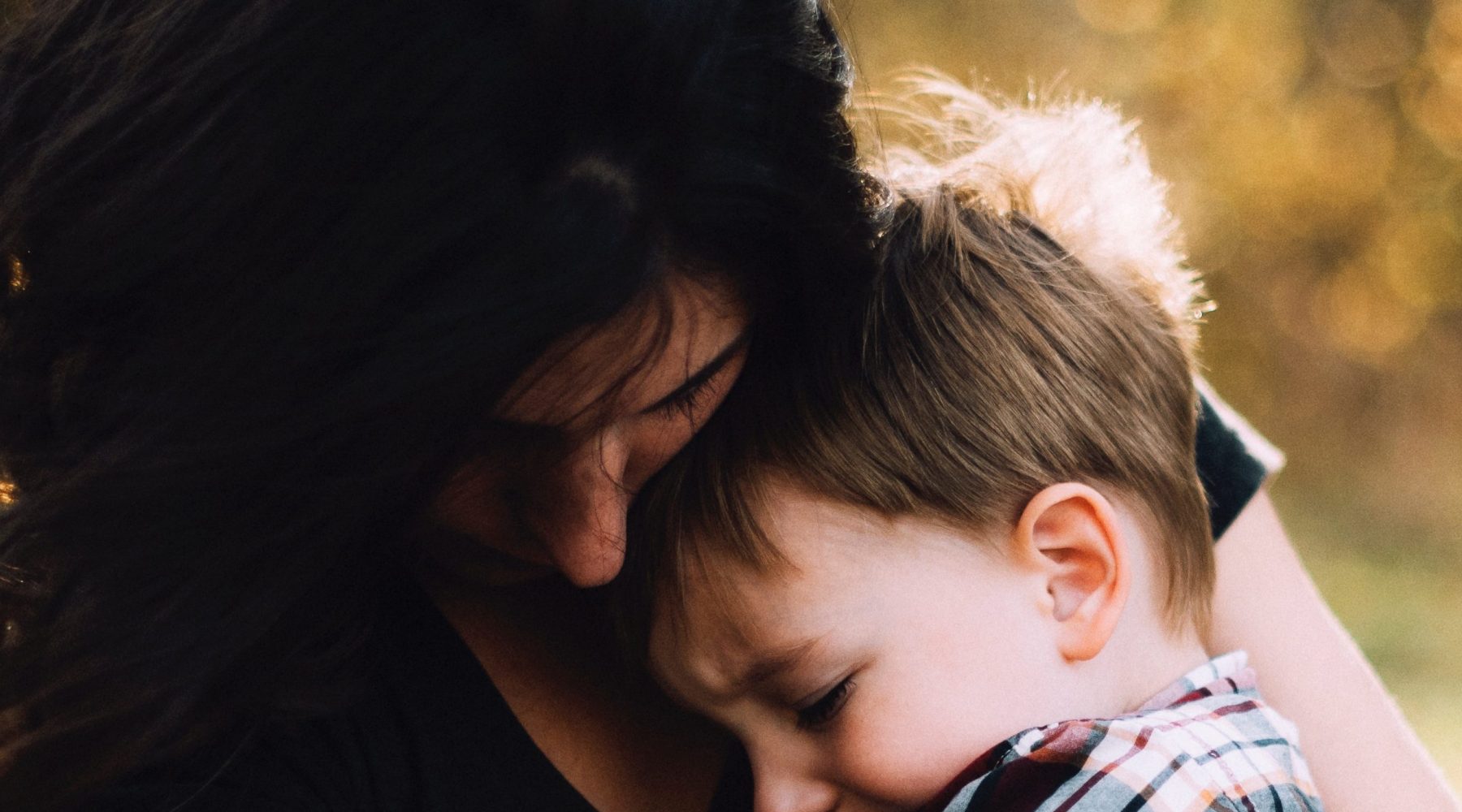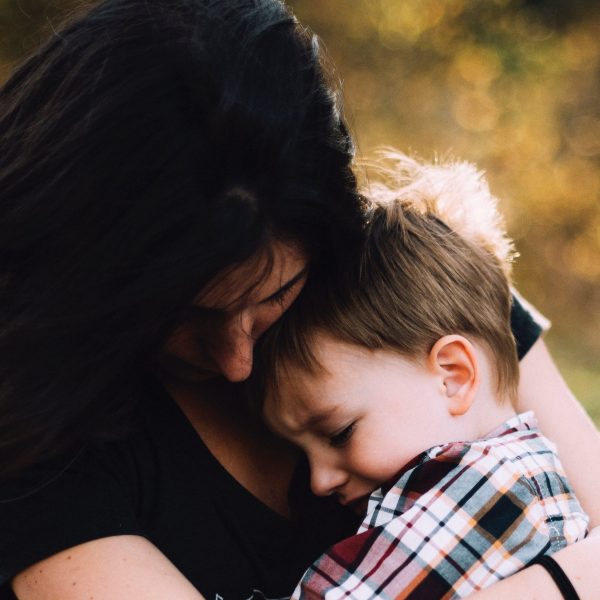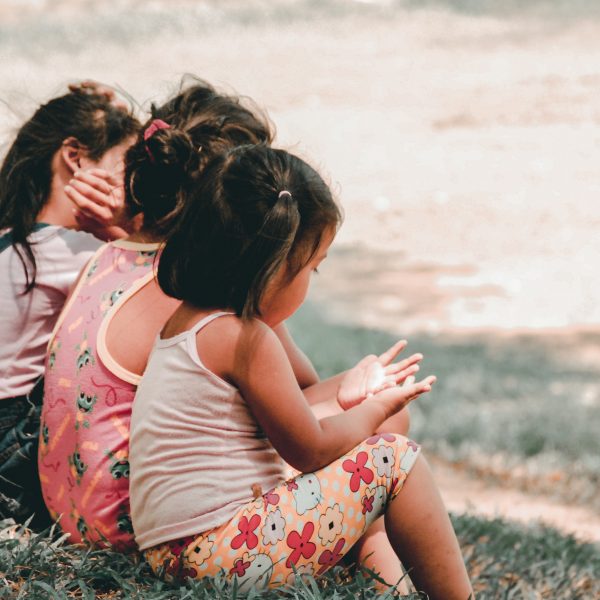National Principles for Child Safe Organisations are coming soon
opinion
The views expressed by contributors are their own and not the view of The Sector.

The National Principles for Child Safe Organisations and their implementation in business and organisations is a complicated issue. Child safety expert and Poynting Consulting & Advisory (PCA) Principal Consultant Brad Poynting outlines what the principles are, how they were developed, and how you can make sure your service meets the necessary requirements.
What are these Principles I keep hearing about?
Some states, like Queensland and Victoria have had legislated minimum standards that child-serving organisations must comply with for some time. PCA has previously written about Queensland’s framework here and Victoria’s framework here. But the National Principles are designed to provide a nationally consistent approach to creating child-safe and child-friendly cultures in all sectors in Australia. These Principles aren’t just about safety, they’re about the wellbeing of Australia’s children.
The Royal Commission into Institutional Responses to Child Sexual Abuse outlined in their Final Report recommendations that organisations should implement 10 standards for making institutions child safe. The National Children’s Commissioner Megan Mitchell led the development of the National Principles for Child Safe Organisations which extend on the Royal Commission’s standards to go beyond protection from sexual abuse and include protection from all types of harm to children and young people. The National Principles are:
- Underpinned by the United Nations Convention on the Right of the Child
- Strengths based
- Designed to allow flexibility in implementation across all sectors
- Aligned with pre-existing state and territory child-safe frameworks and regulations.
Who oversees the Principles?
In June 2018 the Australian Government formally responded to the Royal Commission’s recommendations. They ‘accepted’ or ‘accepted in principle’ most recommendations, including those around implementing child safe standards in organisations and institutions which engage in child-related work. The Australian Government established the National Office for Child Safety and charged them with the responsibility for leading the co-ordination of the National Principles for Child Safe Organisations. The National Office continues to work with state and territory governments as well as the National Children’s Commissioner and the non-government sector.
What does this mean for organisations?
The draft Principles have been available on the Australian Human Rights Commission website for some time. The most recent version (at the time of publishing) was released in May 2018. Although the Principles are not currently mandatory, organisations are still able to begin work on their implementation strategies while waiting for them to be endorsed by the Coalition of Australian Governments (COAG), which is expected before the end of 2018. When this happens, it is expected that additional information will be provided in relation to the rollout and implementation timeframes in organisations, and their status as mandatory or otherwise. A number of tools already exist on the National Principles for Child Safe Organisation’s website and more are currently being developed.
The Principles are set out in an easy to understand and easy to follow way. Each Principle includes a list of ‘Key Action Areas’ which are based on the core components of the Royal Commission’s child safe standards. The Principles are also supported by indicators to assist in determining if they are upholding each Principle. The Australian Human Rights Commission is expected to release a self-assessment tool for organisations to identify the priority areas for improvement.
Even before the National Principles have been endorsed by COAG, we’re already seeing some compliance action from the Australian Government. The Department of Social Services has communicated with all organisations that it provides funding to who engage with children and young people, and have requested a Statement of Compliance be returned. In this notice, they also flagged future arrangements which will need to be satisfied to meet funding requirements which include implementing the National Principles.
[Parents] are becoming aware of the types of questions to ask to assess if an organisation is child-safe, they’re expecting transparency and for organisations to be proactive, and this is impacting their decisions about which organisations they choose to trust with the responsibility of caring for and supporting the wellbeing of their children.
What does this mean for parents?
Messages such as news reports on the Australian Government’s response to the Royal Commission Final Report and the apology from the Prime Minister to the victims and survivors of institutional sexual abuse increase the knowledge and awareness of parents, guardians and caregivers about the prevalence and risk of child sexual abuse in institutional contexts. Additionally, other recommendations from the Royal Commission include providing education and training to parents and guardians about sexual abuse. The result of this is that parents, guardians and caregivers are already starting to ask and expect more from organisations and institutions around safeguarding the welfare and wellbeing of their children. They are becoming aware of the types of questions to ask to assess if an organisation is child-safe, they’re expecting transparency and for organisations to be proactive, and this is impacting their decisions about which organisations they choose to trust with the responsibility of caring for and supporting the wellbeing of their children.
It’s not enough for organisations and institutions to have a statement in their welcome pack which says they have a zero tolerance to child harm and report all suspicions of abuse or neglect in line with relevant legislation. Parents, guardians and caregivers are asking for copies of policies and procedures. They’re asking for evidence of training. They’re asking what organisations are doing to prevent harm from occurring in the first place, not just what they do after it has occurred. Organisations that have already begun implementing the National Principles have no problem answering these questions.
What can my organisation do if we don’t know where to start?
It’s not too late to start now. Most organisations that reach out to PCA are aware they have some areas in need of improvement but are not sure how to improve or what to do. Almost all states and territories have useful information available through their Children’s Commissioner and/or Child Guardian websites.
The Child Safe Organisations: Tools and Resources page of the Australian Human Rights Commission also has useful information and more will be added over time. But the best place to start, is by reading the draft National Principles for Child Safe Organisations document which is currently awaiting endorsement by COAG in December.
Some organisations don’t have the experience or resources internally to develop a roadmap to implementing the National Principles, or may want help to ensure the necessary requirements are met. PCA is available to work with organisations to make sure they adequately safeguard the welfare and wellbeing of the children for which they are responsible.
For more information, visit PCA’s website.
Popular

Workforce
Policy
Quality
Practice
Provider
Research
ECEC must change now, our children can’t wait for another inquiry
2025-07-02 07:47:14
by Fiona Alston

Workforce
Practice
Provider
Quality
Research
Supporting successful transitions: Big moves, big feelings
2025-06-26 11:00:30
by Fiona Alston

Quality
Practice
Provider
Research
ECEC in focus - Una Springwood’s intergenerational initiative brings young and old together through connection and care
2025-06-30 10:00:45
by Contributed Content












